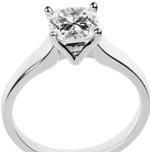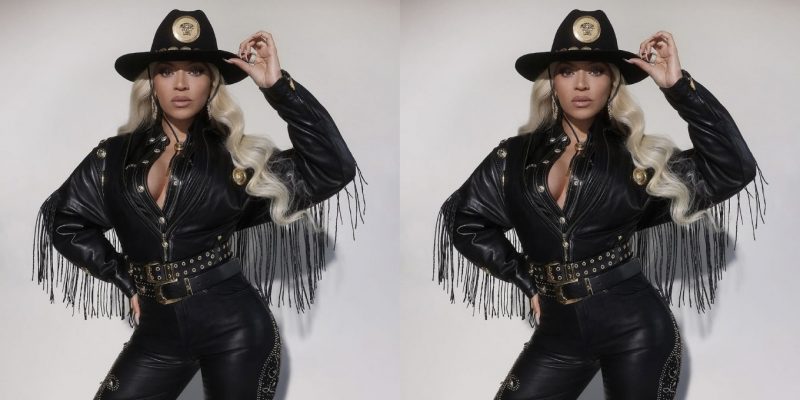Antique-ring expert Sandra Hindman of Les Enluminures (www.medieval-rings.com) based in Paris and Chicago gives ELLE a brief background on the history and importance of the wedding band.
The marriage ring is worn on the fourth finger because it is said that the vein in that finger goes directly to the heart.
In the Byzantine and early Christian era, gold rings were sold with bust-length portraits of the couple and the word grace inscribed on the ring — or clasped hands.
Posy rings were given as engagement, marriage or friendship rings. Shakespeare talks about them a lot in his plays. The idea is that you would go to a jeweller, choose a “posy” (for poesie, or poetry) and have it engraved on the inside of the ring, close to the hand so only the lover knew what it said. “Providence Divine hath made thee mine” is a posy ring, but so is “Where hearts agree, there love will bee.” I also have rings that say “Mon cuer” (my heart) and “Joie pleine” (or full of joy). And the best inscribed ring I ever had was bought for a 10-year anniversary: on the outside it said in French “I love you” (je t’aime) and on the inside it said in French “And I will always love you”) (et j’aimerai).
Women gave friendship rings and love tokens to their fiancés all the time in Elizabethan and Tudor England and probably before. Size is one indication — although rings were worn on joints, over gloves, suspended from gold bands, so size is not the only indicator.
The first example of a diamond engagement ring was the one given to Mary of Burgundy in 1477 by Archduke Maximilian of Austria — one of the greatest love matches of all time.








